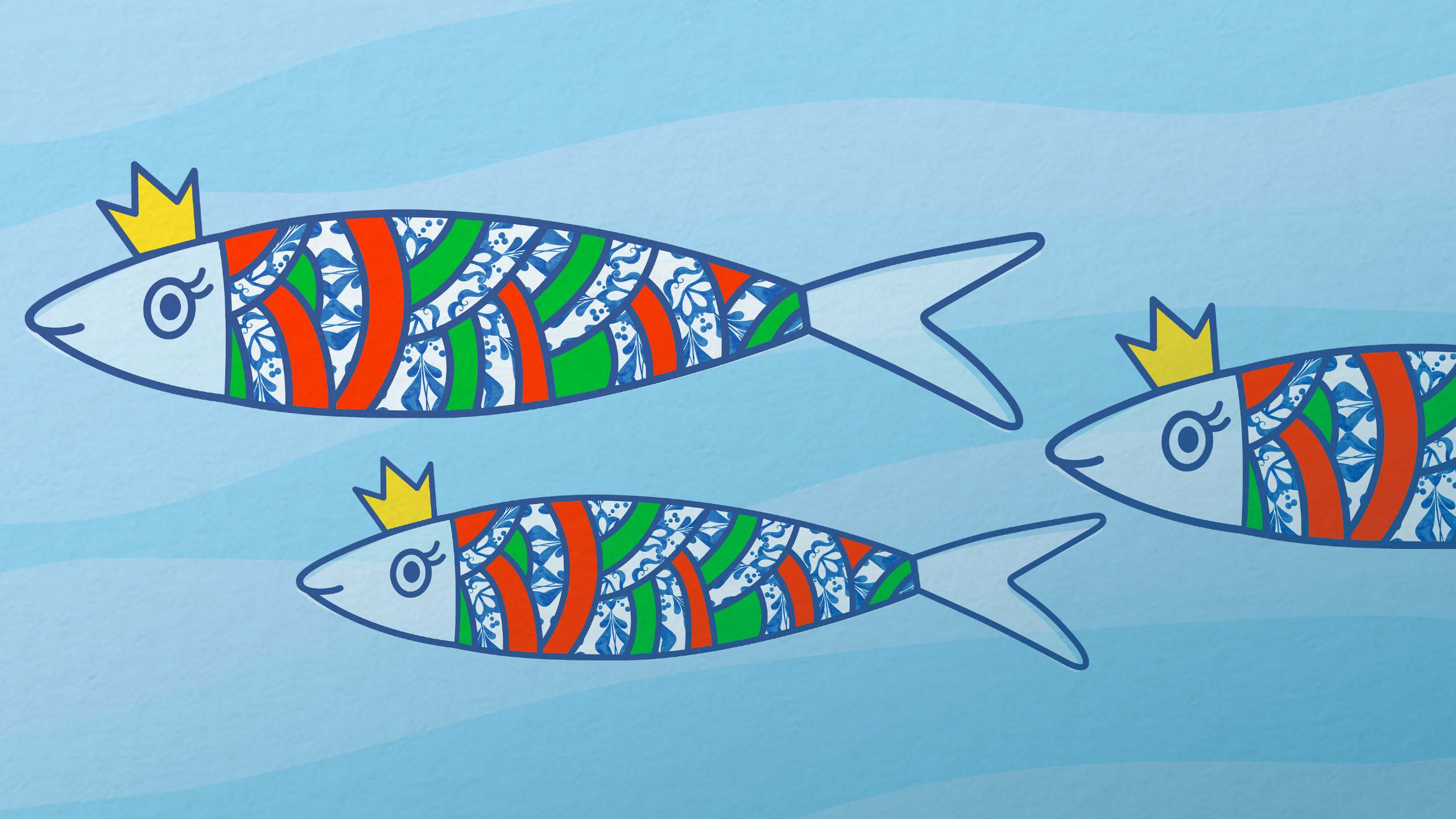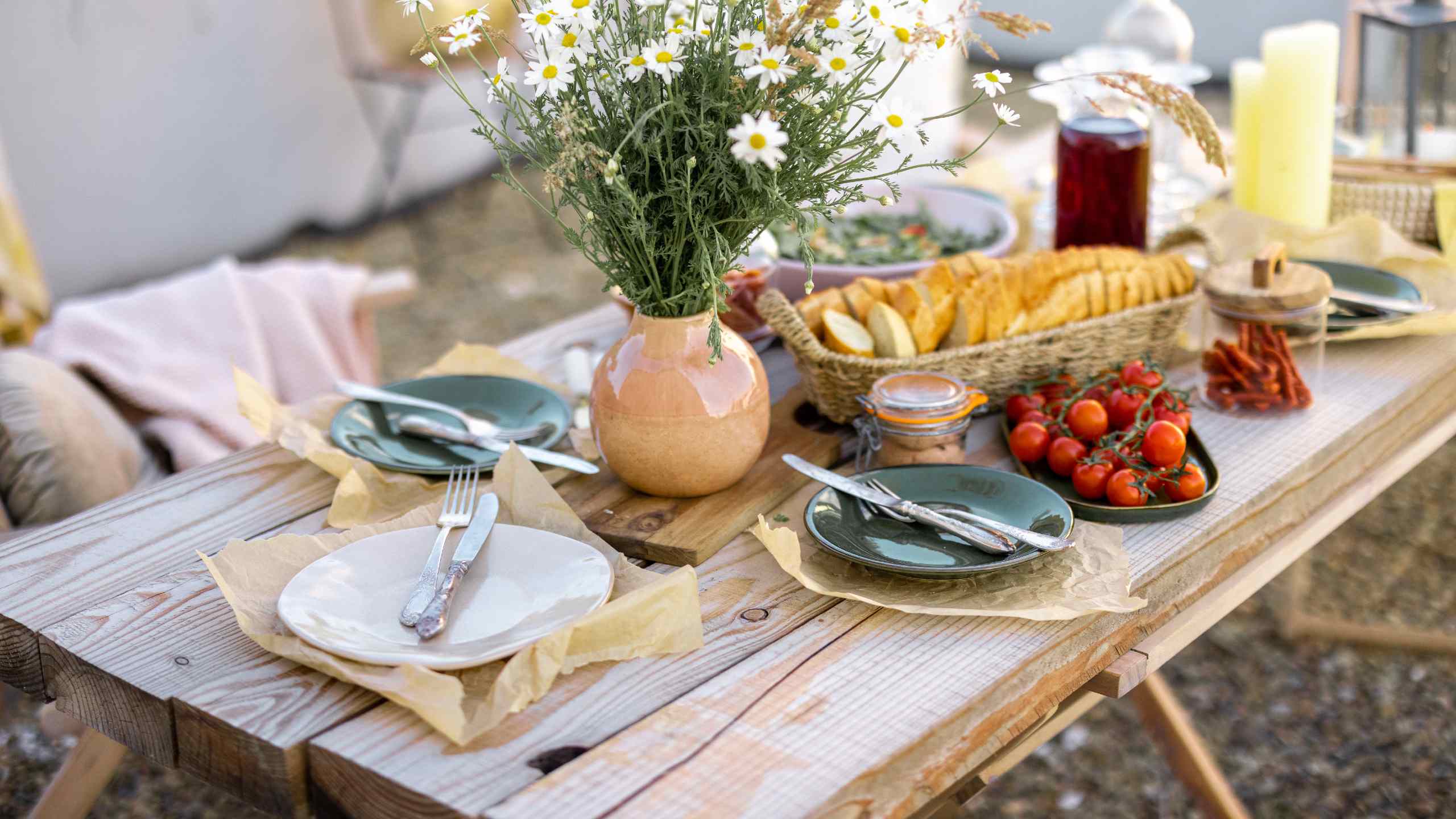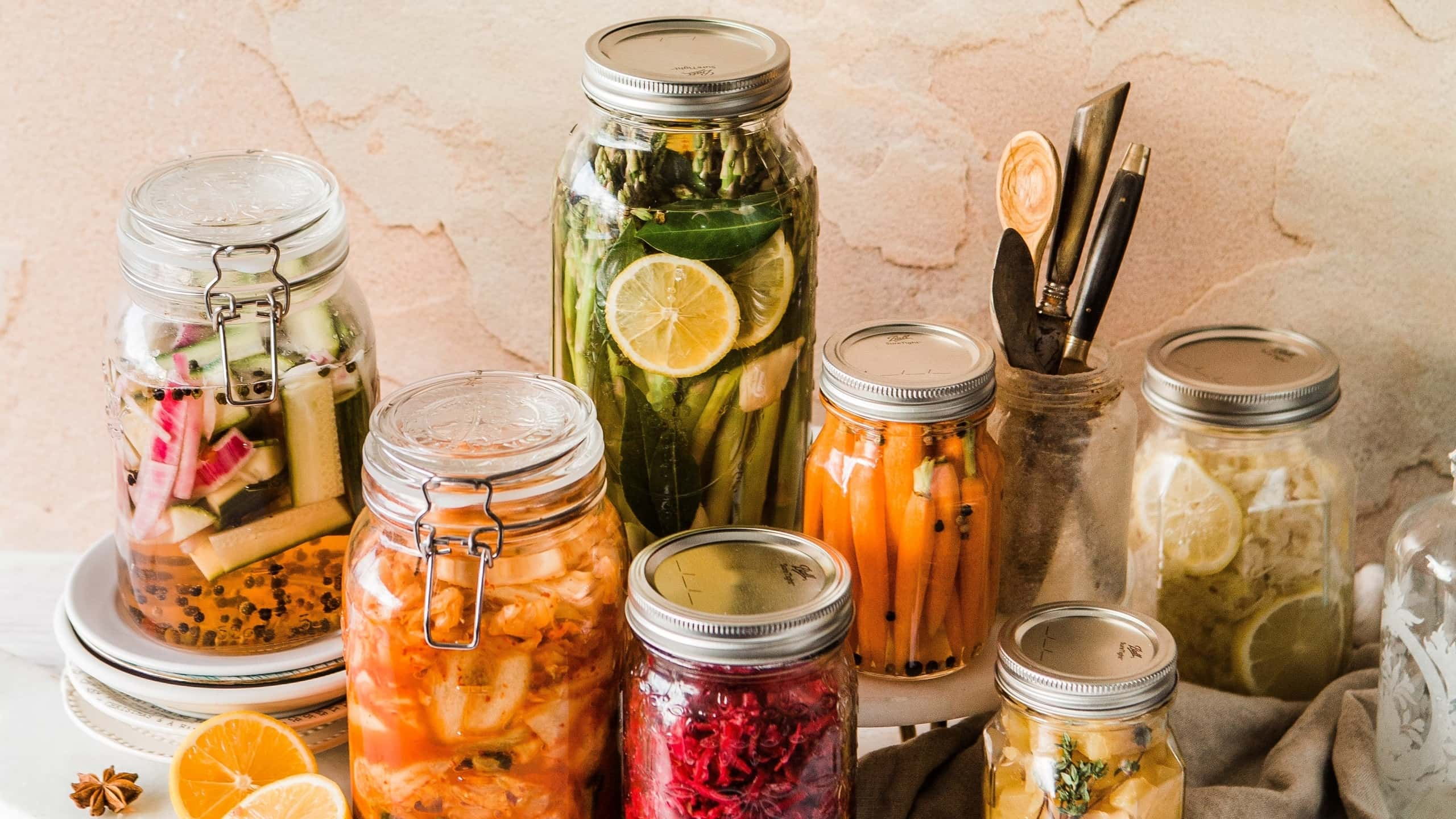Fresh, tasty, and petite: what is it about sardines?
Sorely missed in winter, sardines are a staple on every Portuguese dinner table when summer comes knocking. Nutritious and delicious, sardines are a true gastronomic icon, a symbol of popular festivities, and the star of barbecues with friends and family.
Yes, sardines’ fame is undeniable. Anyone visiting Portugal will immediately understand that this small fish is a big part of the culture. But do you know why? Learn all about the sardine, its history, its health benefits, and what it represents in Portuguese culture.
Sardines: from humble beginnings to national treasure
If you live in Portugal, or have a Portuguese family, there’s a good chance you may have heard from an older relative something along the lines of “Back in the day, a single sardine would feed two!”. Well, they are not wrong. In the past, sardines were not considered as a delicacy. Like cod and mackerel, sardines sustained the rural and impoverished population. The sardine, a succulent, fatty fish, would be rubbed on a piece of bread, to give it some of its flavour – a habit that is still part of Portuguese culture today.
To understand the origin of the name “sardine”, we must sail to the Italian island of Sardinia, which is believed to be where sardines were first imported. We also need to take a trip back in time, all the way to the Phoenicians. The Phoenicians, originally from Lebanon and northern Israel, arrived at the Iberian Peninsula in 800 BC. Sardine fishing was an important economic activity along the Mediterranean coast.
Sardines have reproduced quickly because of the unique conditions of the Portuguese waters. Phytoplankton and zooplankton, the main food source for sardines, thrive in the country’s cold, salty, oxygen-rich waters. Also, Portugal’s well-established fishing tradition meant that sardines could be bought cheap. Simply put, that’s how the sardine became abundant along the Portuguese coast and on Portuguese dinner tables.
But the Portuguese’s relationship with sardines isn’t limited to just eating it. It is a true symbol of Portuguese culture, present in music, literature, painting and other forms of art. The decorative sardines created in the 19th century by the artist Bordallo Pinheiro are a great example. Almost 200 years later, the Bordallo Pinheiro sardine collection is still being updated, with new designs being added every year.
The health benefits of sardines
Sardines are a beneficial food when included in a balanced diet. They are a source of omega-3, a fatty acid, essential for the normal functioning of the heart. As the body does not produce omega-3, it is essential to eat foods that provide this nutrient.
Sardines are also a source of protein, essential for the maintaining of muscle mass, as well as phosphorus and vitamin D, excellent nutrients for bone health. They also contain vitamin B12 and niacin, which contribute to the normal functioning of the nervous system, and potassium, which is essential for maintaining normal blood pressure. Finally, sardines contain zinc, an antioxidant that plays a significant role in the immune system.
As a predatory species, sardines have a low risk of contamination with heavy metals, such as mercury.
Fresh sardines aren’t the only option! Some people prefer to eat canned sardines, a simple way to have this food always “at hand”, whether to garnish a salad or to cook an entrée.
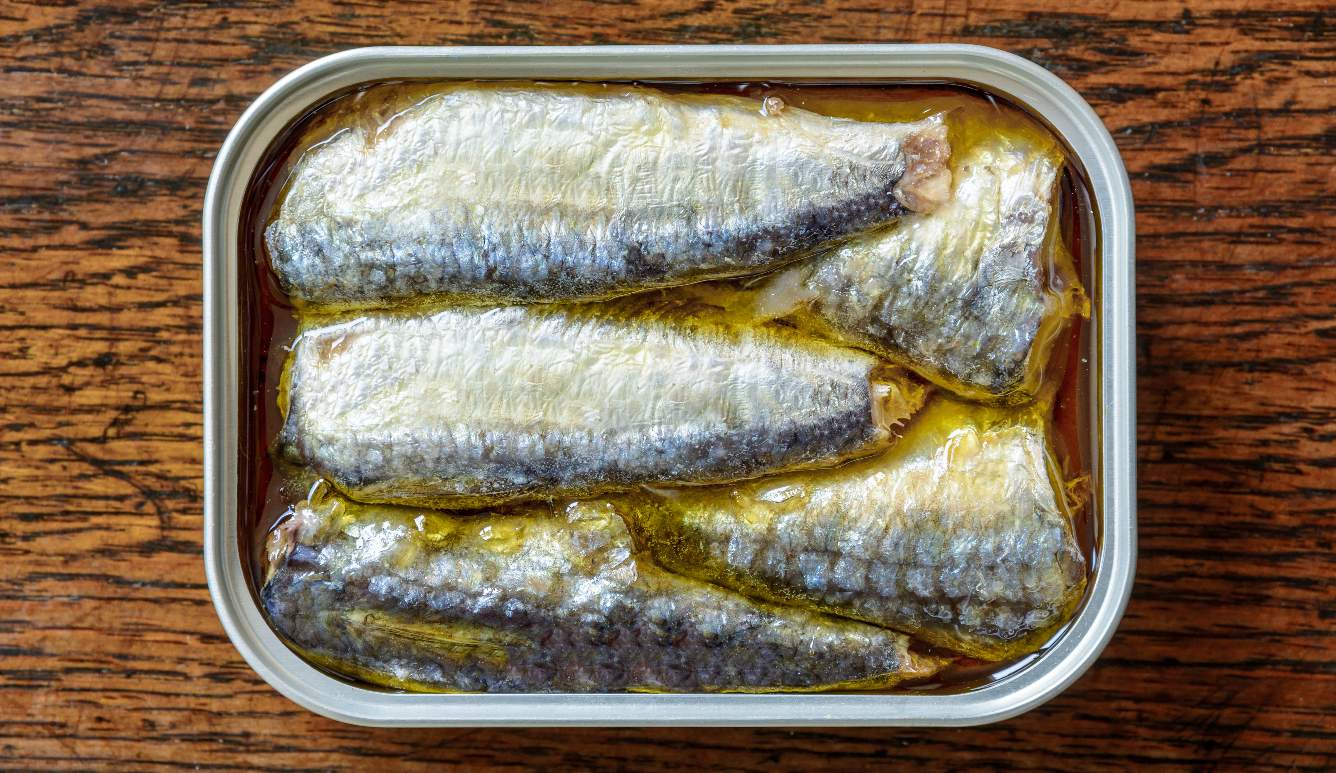
Did you know that the bones in canned sardines, which are edible and safe to eat, are a source of calcium? However, the canned version has a higher salt content than fresh sardines, and a higher fat content when canned in oil.
Drain the oil from the can or look for sardines in brine and prefer those with less added salt.
How to choose a good sardine
Remember, sardines should be fresh. Look for the following characteristics:
- Firm skin and shiny appearance.
- Bright, protruding eyes.
- Strong, unbroken scales and tightly attached to the body.
- Texture should be firm to the touch, but not hard.
- Pink gills.
Ensure sardines are sustainably sourced
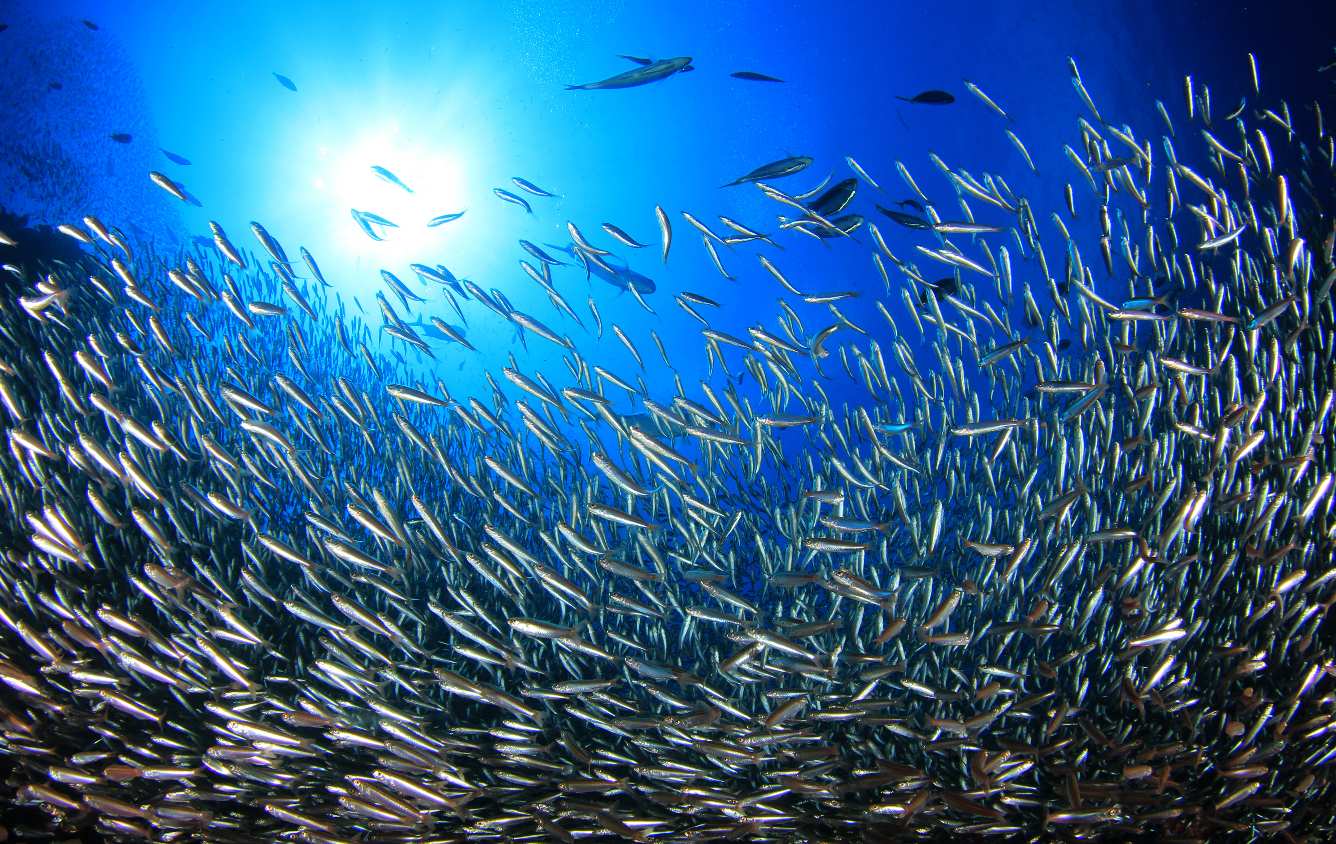
Responsible fishing is essential to avoid over-exploitation of stocks. Sardine populations need time to regenerate and reproduce.
There are limits (or quotas) on sardine fishing, just like happens with other fish species. This is particularly important in Portugal, one of the European Union (EU) countries with the highest per capita consumption of fish.
In Portugal and Spain, sardine fishing follows a Management Plan agreed between the two Iberian countries, which includes annual catch limits, prohibition periods, restrictions on the minimum fish sizes, and other actions related to the operation of the vessels.
One of the ways to contribute to the conservation of sardines is to diversify the fish that is consumed at home and include alternatives such as scad or mackerel. Like sardines, these species are caught using seine nets, a dominant fishing method along the Portuguese coast.
Jerónimo Martins stands for sustainable fishing
At Jerónimo Martins Group, the commitment is clear: its fresh, frozen and canned fish products do not contribute to the over-exploitation, depletion or extinction of species.
In addition to the aquaculture production of sea bass and sea bream, every year the conservation status of all species sold is assessed, according to their status on the IUCN Red List of Threatened Species. This is part of Jerónimo Martins’ sustainable fishing strategy.
“To pull the embers for one’s sardines”
This is a direct translation of one of the many Portuguese expressions inspired by sardines. It means “to boast one’s achievements” or “to defend one’s interests.” Well, that is exactly what we have been doing throughout this article and that is how we are going to end it.
If the abundance of sardines can be attributed to the favourable characteristics of the Portuguese coast, we should also be grateful for the lively gastronomic tradition and the way Portugal celebrates the moment when the sardine reaches the table. The unique way of cooking and, above all, of serving the sardines, has become a cultural landmark and a truly Portuguese experience.
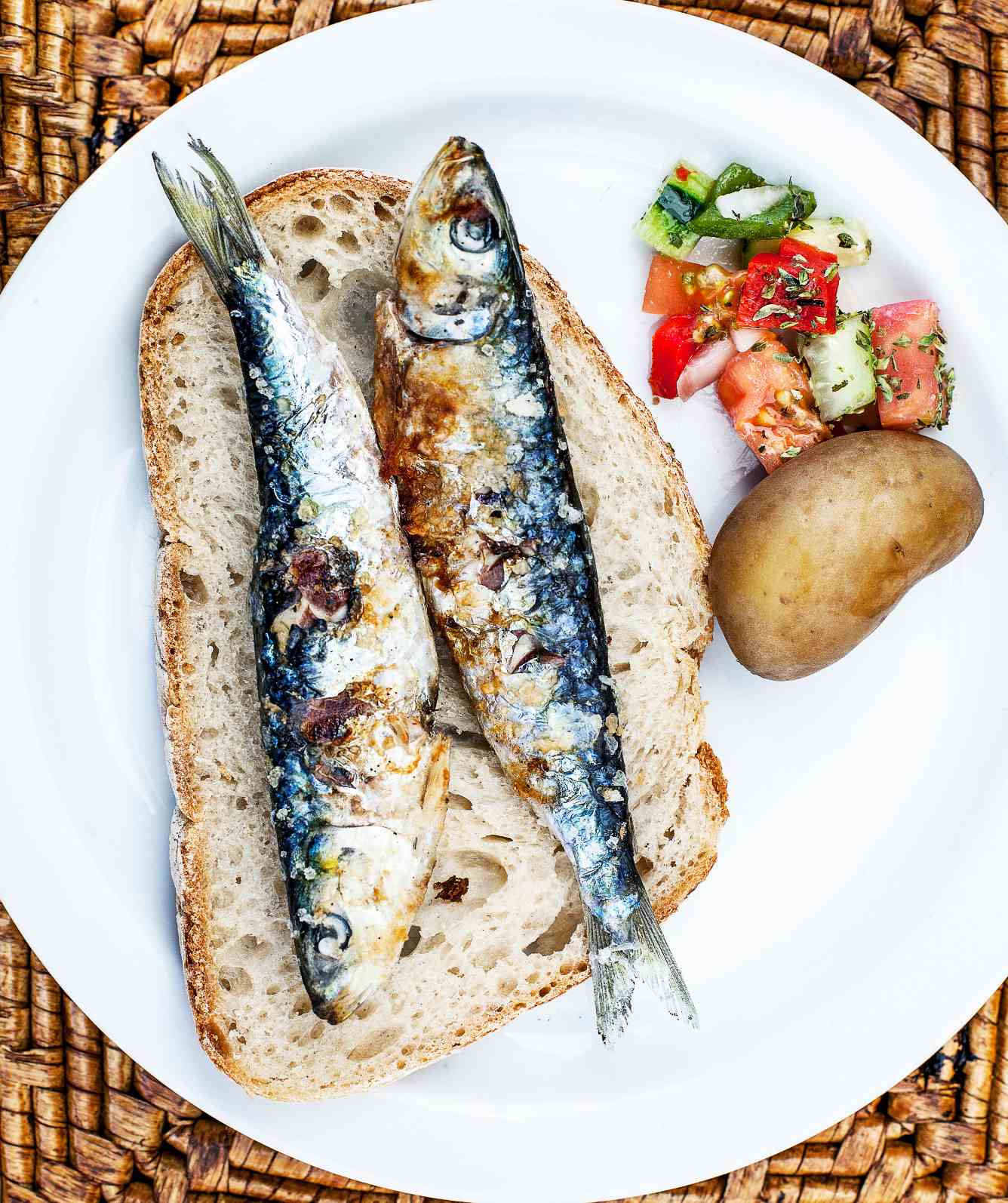
During the summer months, sardines are simply seasoned with salt and a drizzle of olive oil and grilled until the skin turns golden and crispy, ensuring the flesh remains juicy. From the grill, the sardines go straight to the plate, on top of a generous slice of freshly baked bread. The goal is for the delicious fish juices to seep into the bread and “prepare it” for the final – and, for many, the most eagerly awaited moment of the meal.
To complement the grilled sardines, chose a fresh seasonal salad. Tradition dictates it should be essentially made up of tomatoes and onions, but you can also add lettuce, cucumber and grilled peppers. Boiled potatoes are also part of this delicacy.
Then comes the final moment. When sardines and garnish are gone, there is only a slice of bread left, soaked with the delicious juices of the grilled sardines, making this the perfect end to the meal.
We end the article here, before we get too hungry. Enjoy a summer full of sardine barbecues, or in Portuguese, “Boas sardinhadas”!
